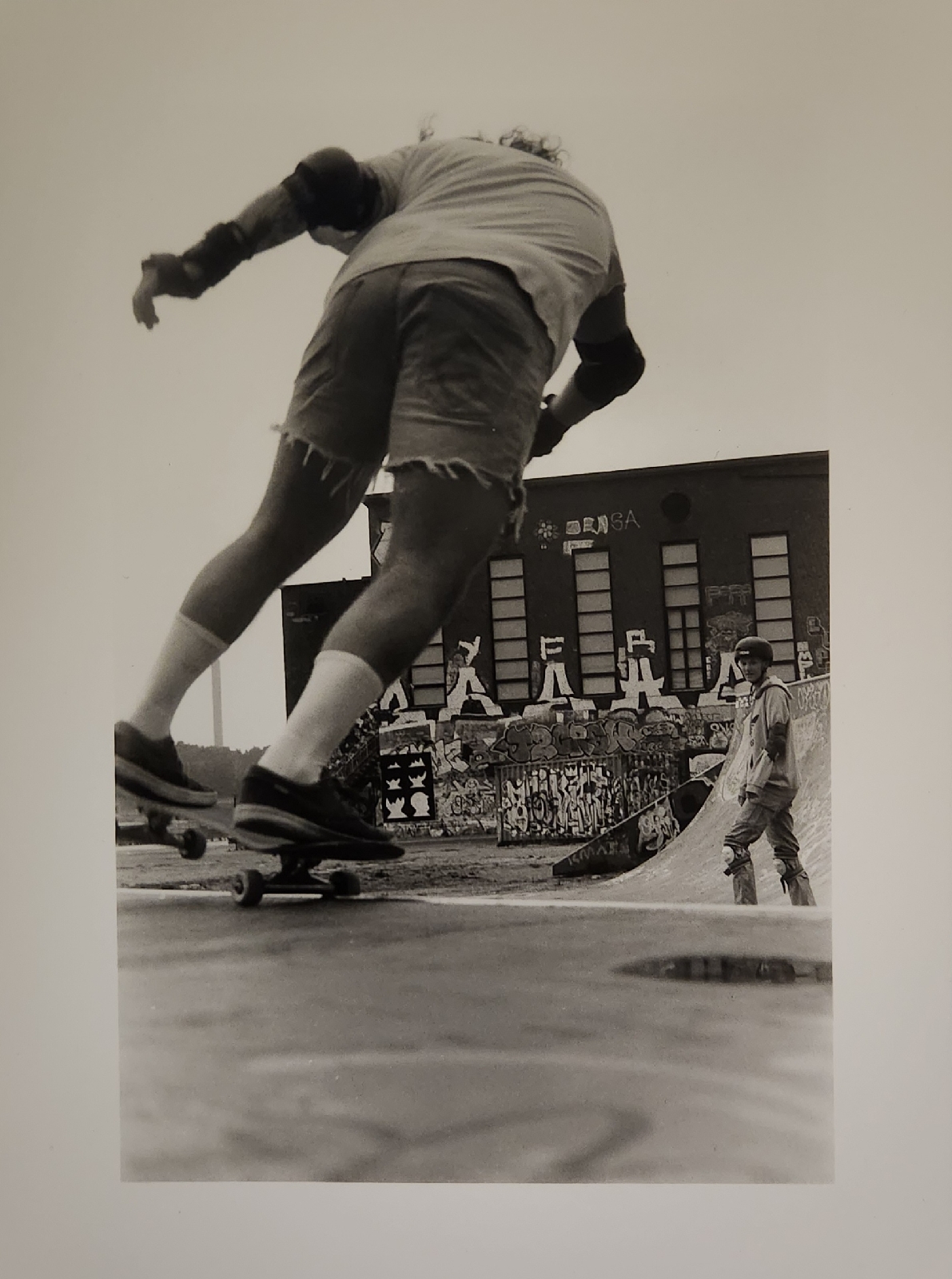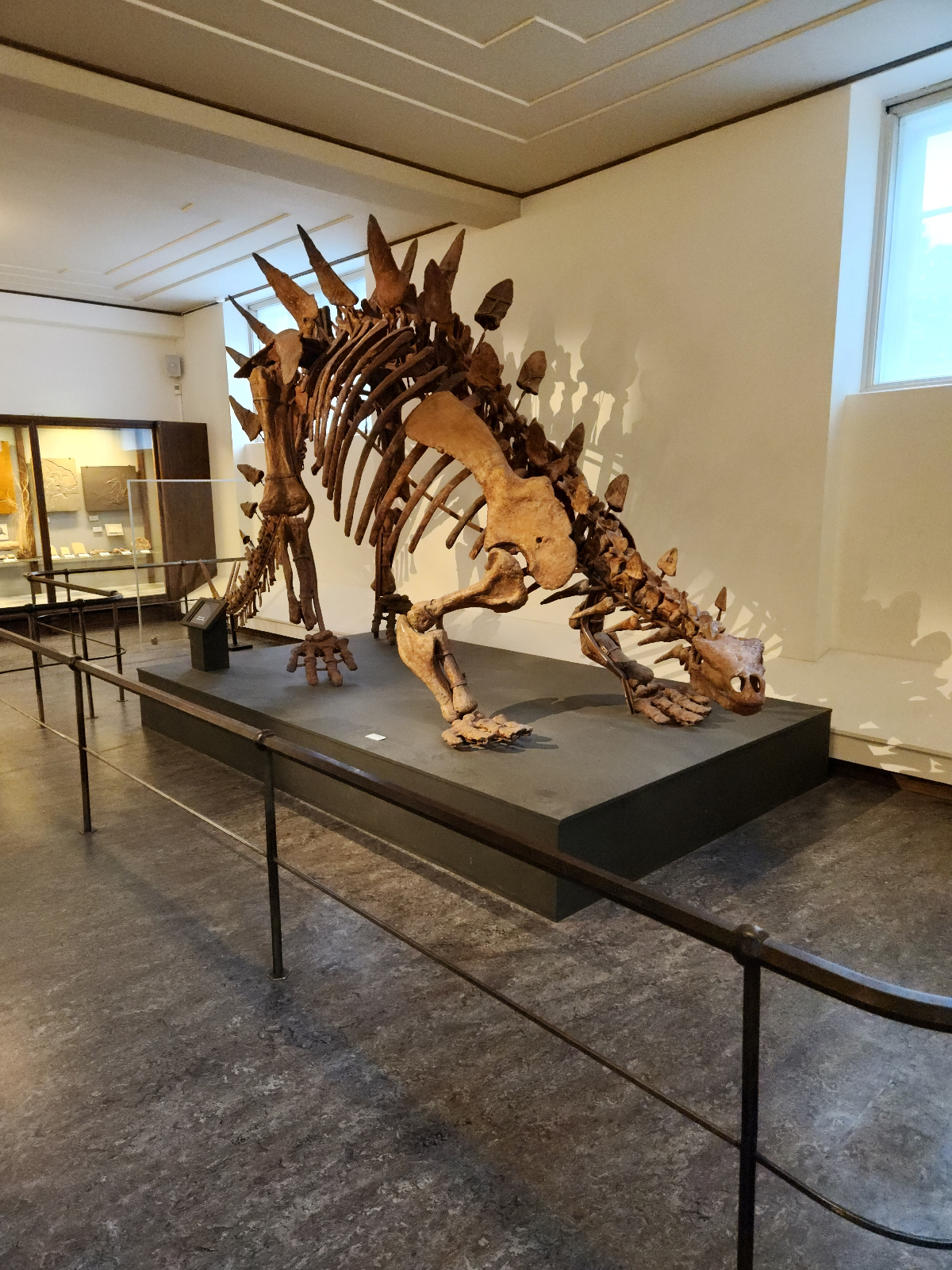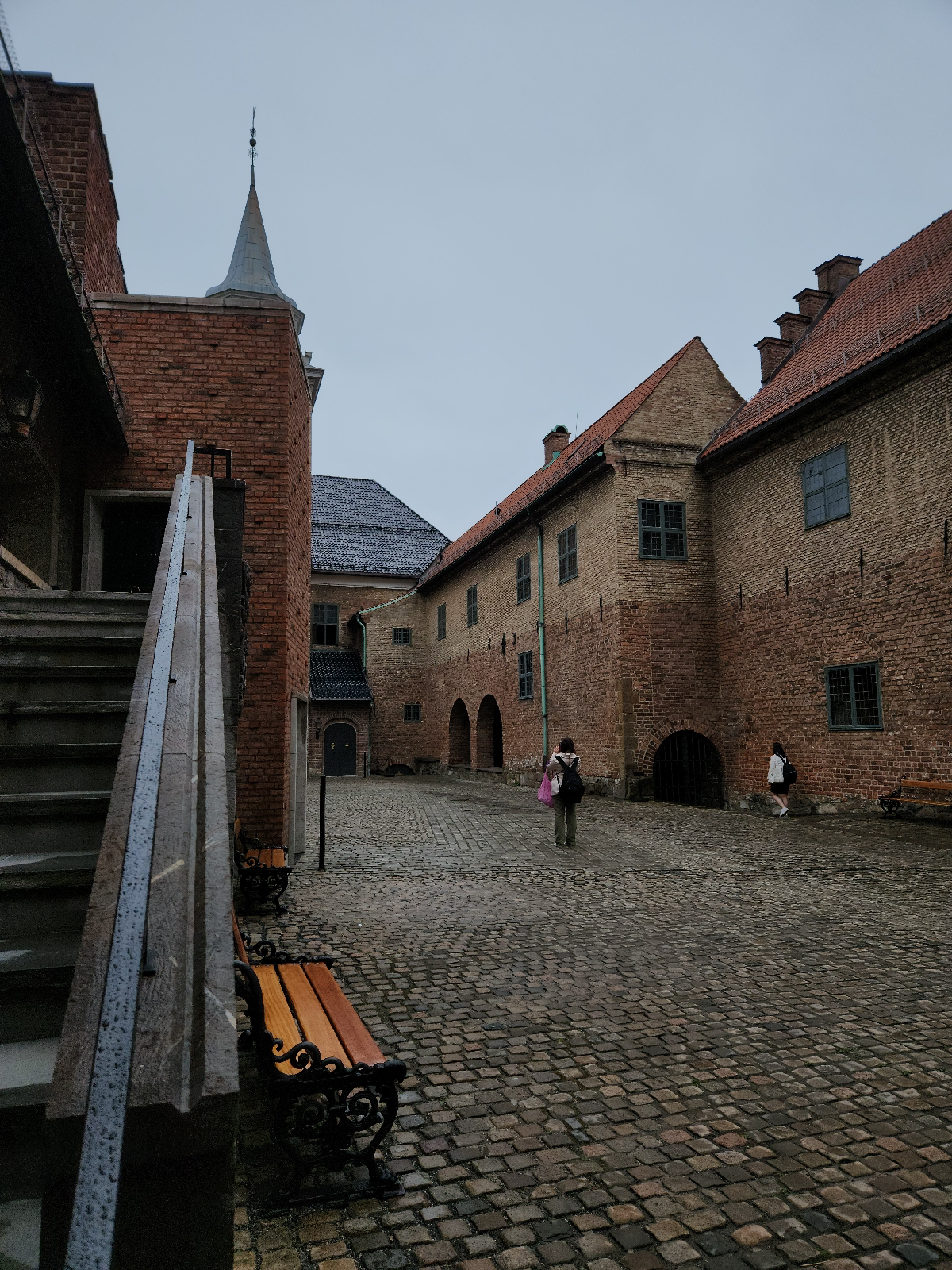Hello Everyone! It's time to talk about Gothenburg and Oslo, the second to last excursion on our trip! Gothenburg, Sweden is the second largest city in Sweden and fifth largest in the Nordic countries. The city was heavily influenced by the Dutch, Scots, and Germans. Gothenburg is also one of Chicago, Illinois's sister cities and the only one in the Nordic regions. Something interesting to note, was the amount of design styles and architecture that involved Art Nouveau motifs. Art Nouveau is an art movement spanning from 1883 to the first World War, and it is characterized by the movement of a long, sinuous, organic line. Gothenburg was a single day trip and it was a little difficult to get to know the city with so little time. We did get to visit Göteborgs Konstmuseum, which is a three story art gallery with historical and modern art. I selected another oil painting piece to discuss for this museum.
This is Helmer Osslund's Autumn Evening, Nordingra, from 1924. Osslund had a propensity for landscape painting on greaseless paper, which is much easier to handle than canvas.
Our next museum was Röda Sten Konsthall, a smaller gallery underneath a large bridge. I have a film photo of some skateboarders outside the fabulously graffitied walls. The building is a four level renovated boiler plant, and the summer showcase held an artist for each floor. There were numerous video presentations and installation works. I think the building itself adds a very unique presence.
Our final museum in Gothenburg was the Gothenburg Natural History Museum. It had a vast collection of vertebrates and invertebrates. I personally enjoyed the Stegosaurus skeleton and some questionable taxidermy.
We spent two more days in Oslo, Norway. Oslo is the capital and the most populous city of Norway. Oslo is the economic and governmental center of Norway as well as the hub of Norwegian trade, banking, industry, and shipping. The area had been claimed by Denmark until 1241, and was considered the capital since the rule of Haakon V of Norway, who reigned from 1299 to 1319. Although it is stated that Oslo was founded in 1049 by Harald Hardrada, anthropological sites have found Christian burials that date before 1000, indicating there were settlements before the "founding" of Oslo. We visited five official locations in Oslo including The Vigeland Park, The National Museum, the Akershus Castle and Fortress, the Munch Museum, and the Reptile Park.
Vigeland Park, as mentioned before, was the culmination of Gustav Vigeland's sculptural works after he struck a deal with the city of Oslo. Vigeland lived from 1869 to 1943 and he has hundreds of sculptures both within museums and Vigeland Park. I found myself most attracted to the figures in the grand gateways into the park. These "seamonsters" or "snakes" are a reoccurring motif seen throughout the park. They reappear in a few larger scale sculptures as well as in the relief of this doorway.
Following the park is the National Museum of Oslo. This museum exhibits Norway's largest collection of art, architecture, and design. They have works from around the globe, ancient to modern. I have decided to present a large textile from the museum.
This is Märta Måås-Fjetterström's Unicorn in the Forest, from 1916. This is a wool and linen piece with the Goeblin technique. The Gobelin technique is a type of tent stitch where the length is twice the width. This museum, as far as I have seen, also had the largest collection of textiles and clothing from various eras.
The next location was Akershaus Castle. It is believed to be constructed in the late 1290's by King Haakon V. One of the most interesting facts of this Castle, in my opinion, was the connection to Queen Margaret I of Denmark, who had resided here after her after her marriage to King Haakon VI at ten years old. This castle was spacious and beautiful and the grounds had other museums that could be visited, though I spent my time in the castle itself.
We then visited the Munch Museum. The building we visited was opened in 2020, and housed mainly Edvard Munch's works, but it also had a few exhibitions from other artists. Edvard Munch is one of the most recognized artists of the west, his painting The Scream of 1893 has become a nearly universally recognizable image. The Scream is actually referring to the scream of nature that Munch had desired to capture, rather than some horrible event. Munch was known for reworking a piece multiple times with other mediums, so there is typically more than one version of his works. Munch suffered from BPD, or Borderline Personality Disorder, as well as alcoholism. Munch had a difficult childhood, both his mother and eldest sister died of tuberculosis and he himself had often been bedridden with illness. Munch's difficult relationship with death is often seen in many of his artworks. It is also notable that he often features the Femme Fatale, or the symbol of a beautiful but deadly woman, often characterized by long, flowing red hair. I've picked two artworks from this museum.
The Sick Child, 1927 by Edvard Munch.
The Third Eye, 2018 by Marianne Bratteli.
I also enjoyed the relaxation room at the top of the museum with strange pillows and lights that simulated different times during the day and night.
The Final official stop was the Reptile Museum of Oslo. I saw a few cool animals, but I particularily liked Bob, the ball python.
Gothenburg and Oslo, like many of the other cities we visited had a wide range of museums and places the people could visit to experience art, history, and culture. As I've stated before, the easy access to public transportation and walkable cities greatly improves foot traffic and the availability of these culture rich areas. There was not a place we visited that did not have a large volume of people present, and I believe such notable interactions improve the lives and knowledge of the citizens of these cities. Overall, I loved this trip to Gothenburg, Sweden and Oslo, Norway.

















No comments:
Post a Comment